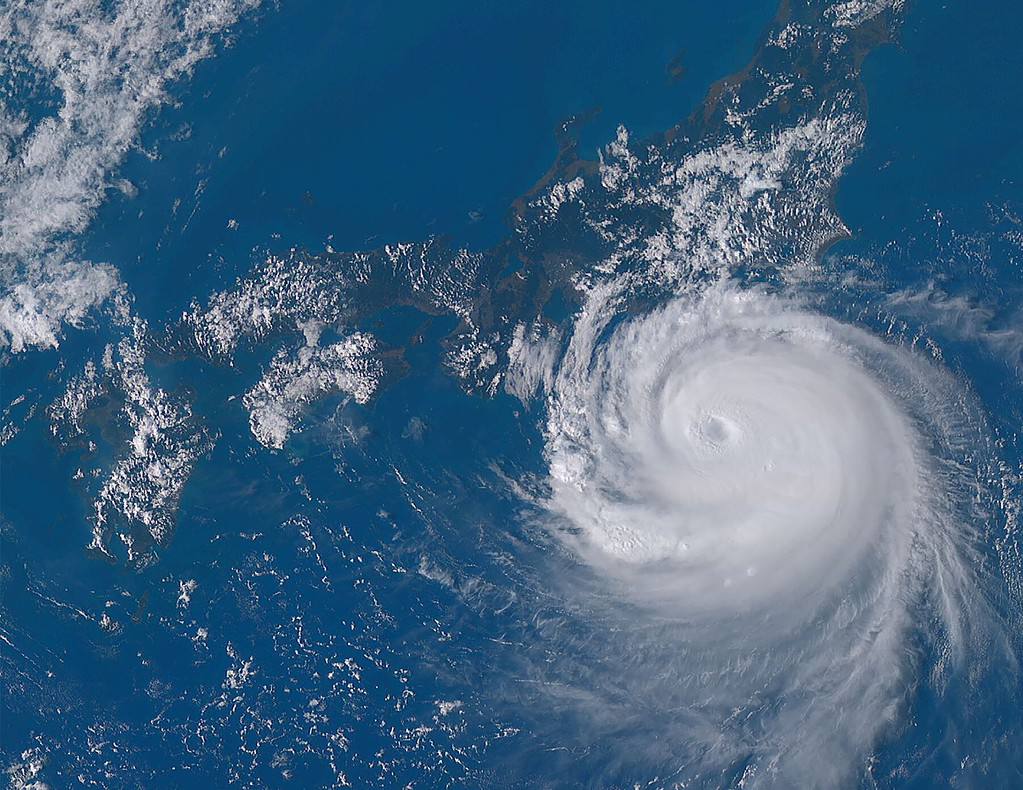Shearwaters, oceanic birds of the family Procellariidae, are well-adapted to windy conditions. They use wind energy to fly with little flapping, conserving energy, often even in strong storms. However, extreme weather triggered by climate change is making this more challenging. In one striking example, researchers tracked a bird that was stuck for over 11 hours in the middle of a typhoon.

The stage was set in August 2019. Kozue Shiomi, a seabird biologist at Tohoku University, attached GPS bio-loggers to a group of 14 adult streaked shearwaters (Calonectris leucomelas). The birds hailed from a nesting colony on Mikurajima, an island near Tokyo. Shiomi was conducting a study on the species’ homing behavior. Come September, a powerful storm, Typhoon Faxai, hit southern Japan.
This storm, with wind speeds of almost 200 kilometers per hour, wreaked havoc on the mainland. Yet, it became a sort of unplanned experiment. By capturing a bird, it provided scientists with a unique window into the ability of seabirds to handle extreme storm conditions—conditions they might frequently encounter if the climate crisis persists.
“It is essential to understand how volant animals survive and navigate under such unusual conditions and evaluate how the increasing frequency of severe storms affects wildlife. However, the information on the behavioral reactions of animals to extreme weather is still limited given the unpredictability of its occurrence,” the team wrote.
Birds and climate change
Post-typhoon data revealed an enthralling story. While most of the tagged shearwaters remained unaffected or managed to avoid the storm, one male bird wasn’t so lucky. Over 11 hours, it completed five full circular loops, each ranging between 50-80 km in diameter and was transported a staggering total of 1,146 km.
Ordinarily, streaked shearwaters fly at speeds of 10–60 km/hr and altitudes below 100 m, staying at sea. However, the tracking data indicated that the storm-trapped bird reached speeds of 90–170 km/hr, soared to an altitude of 4,700 m, and was swept over mainland Japan before the typhoon subsided.
Why did the shearwater not escape?
While the exact reasons remain speculative, the researchers postulate that the shearwater could have escaped the typhoon but chose to endure it until it moved over the ocean. Streaked shearwaters typically maintain low flight altitudes—a strategy that’s efficient over the ocean but increases their collision risk over land.
Pelagic birds, such as the shearwater, have many tactics to avoid being caught in large storms. For example, red- footed boobies and great frigatebirds, often ascend to high altitudes and allow storms to pass below, while Eastern brown pelicans sit them out. A study last year showed streaked shearwater can survive typhoons by flying into them.
But with climate change turbocharging storms, how will these avian acrobats fare?
As warmer air and surface-water temperatures intensify storms in the ocean basins, researchers wonder about the ability of oceangoing birds to endure storms. That’s why improving the understanding of how they cope with extreme weather will provide valuable insight into seabirds’ resilience, the researchers argued.
The study was published in the journal Ecology.









